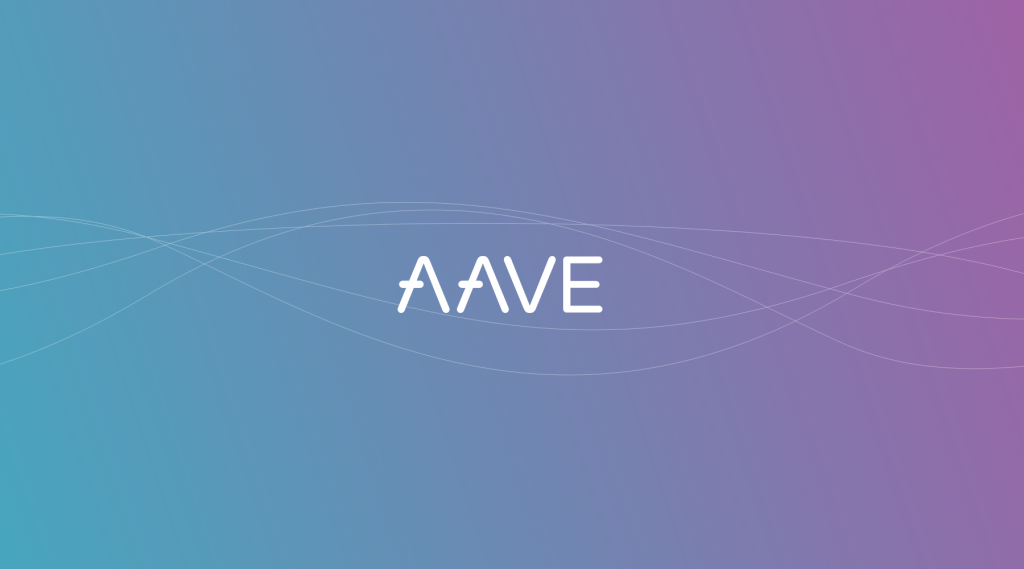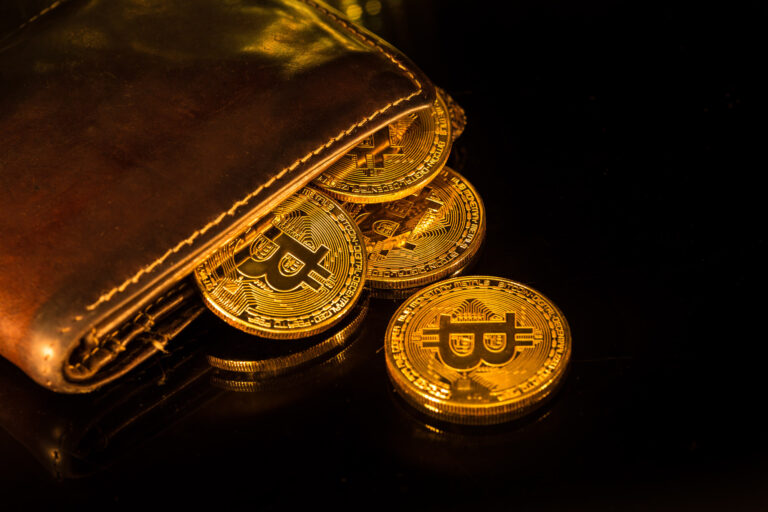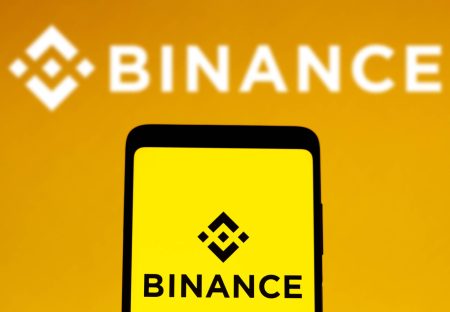Meme coins are a type of cryptocurrency inspired by jokes circulating on the Internet. Meme coins are designed to be funny and have no initial intrinsic value. The coin's price is largely driven by internet narratives and community engagement. Their popularity is triggered by viral online content such as tweets, videos or news.
One of the first meme coins to be launched and the most notable by market capitalization is Dogecoin (DOGE). The cryptocurrency was created in 2013 by software engineers Billy Markus and Jackson Palmer. The coin is famously branded with the image of a Shiba Inu dog. Dogecoin gained cult status and saw its value skyrocket over the past years. Celebrities like Elon Musk endorsed the coin, while some companies such as Tesla even accept DOGE as a payment option. At its peak, Dogecoin reached a market capitalization of over $80 billion. It has since dropped significantly, but is still worth around $20 billion. This highlights the extreme volatility of the meme coin space, but also the sense of opportunity for people, being the main attraction for capital into the meme market.
Launching a meme coin on different blockchains
Due to the open-source nature of blockchain technology, creators can fork existing cryptocurrencies with minimal changes, making meme coins relatively easy to create. In addition, there is no need for an attached utility or custom code, nor is there a need to develop a product. This low barrier to entry has led to the proliferation of the meme coin sector, which has experienced significant growth, especially in the most recent cycle. Many meme coins that followed DOGE piggybacked on its success. Other major post-DOGE launches include Shiba Inu, Floki, Baby Doge or Bonk. All of these used a derivative of the Shiba Inu dog as their meme.
While the first meme mania happened on Ethereum, there is a shift towards the Solana ecosystem. Compared to Ethereum, Solana has much lower transaction fees. Solana's transaction fees are also not strongly affected by network usage. This is in stark contrast to Ethereum, where transaction fees are usually within a few dollars, but can exceed $50 or even $100 when the network is congested. The low fees encourage trading and make it easier to bring new users into the ecosystem.
How Solana captured the lion's share of the meme coin ecosystem
A major contributor to the 2024 Meme coin frenzy on Solana was the dApp pump.fun. It has made it much easier to create and invest in small cap meme coins. The platform allows an extremely simplified and cheap approach to launch a coin. Launching a token only costs around 0.02 SOL, which is less than $3, and requires no coding experience. The creator simply fills out a form and uploads an image or gif file. Users of the pump.fun platform act as liquidity providers for the meme coin by buying coins, which increases the token's bonding curve. The bonding curve is a mathematical function that determines the price of a token based on its supply; as more tokens are purchased, the price increases. Once the market cap on pump.fun reaches $69,000, $12,000 of liquidity is automatically deposited into the Solana DEX Raydium and burned.
This simplified mechanism eliminates the need to provide an initial liquidity pool and lowers the requirements and therefore the barriers to entry for launching a token. According to Dune, the pump.fun platform has generated over $35 million in revenue and nearly 100 million tokens have been issued through the dApp. All of this happened within 4 months of the dApp's launch in March 2024. Not even an insider exploit by an individual who stole nearly $2 million from the bonding curve contracts in May could stop its growth.
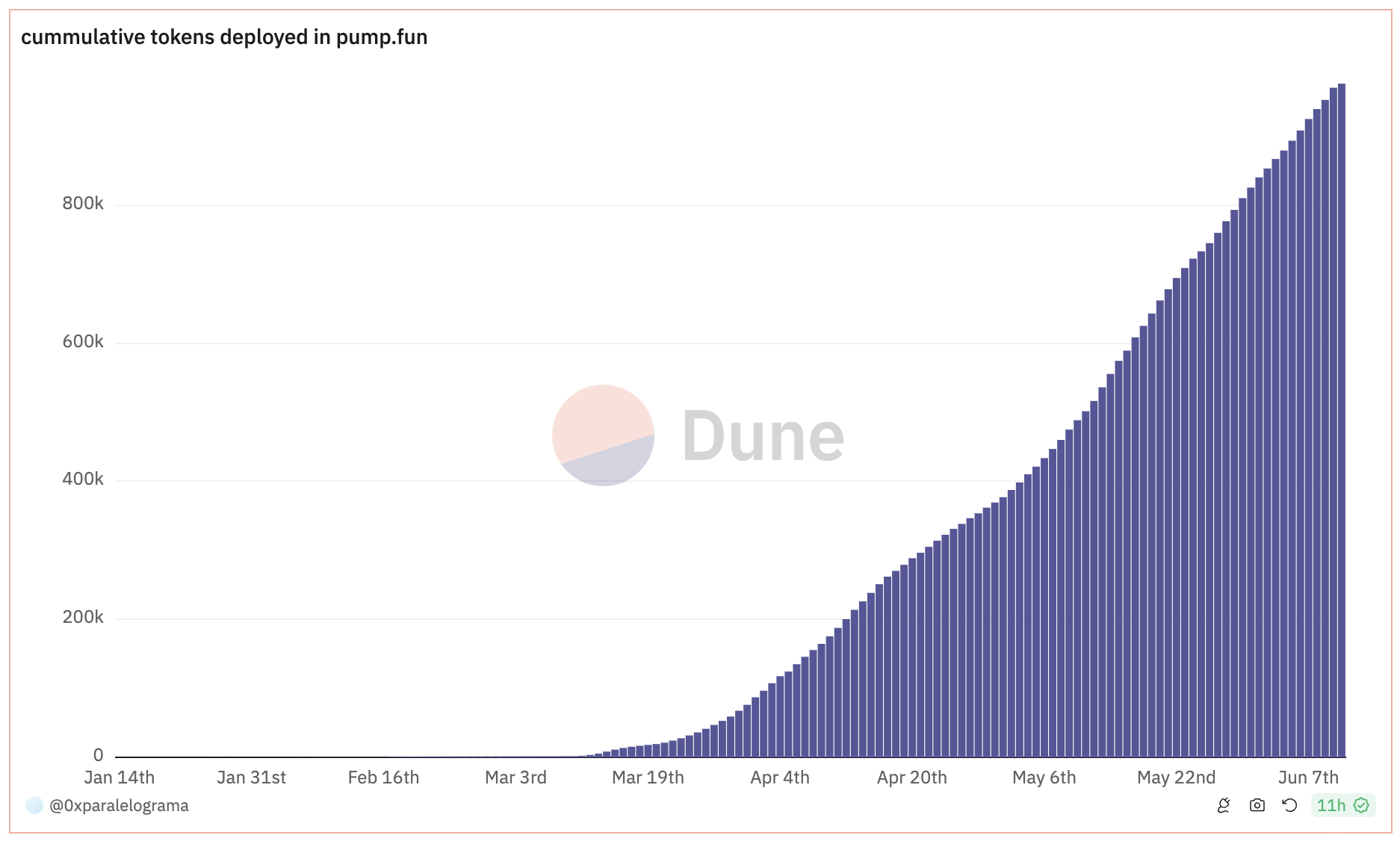
Meme coins celebrate their revival
At the time of writing, the total market capitalization of meme coins is around $60 million, according to data from CoinGecko. Traditionally, Ethereum has been the chain where most of the trading volume takes place, but in early 2021 there were isolated instances where the Binance Smart Chain (BSC) had a strong performance. At that time, the DEX PancakeSwap was able to gain significant volume that it hasn't been able to hold. In 2024, Solana has established itself as a strong competitor to Ethereum in terms of trading activity. Solana surpassed Ethereum in total trading volume in March and again in early June. These surges were mainly due to meme coin trading.

Other metrics also demonstrate Solana's growth. For example, the total number of active wallets has doubled since the beginning of the year. This indicates an influx of new users. Also, over 15k new tokens and a comparable number of NFTs are being minted on Solana on a daily basis. This shows how actively the blockchain is being used.
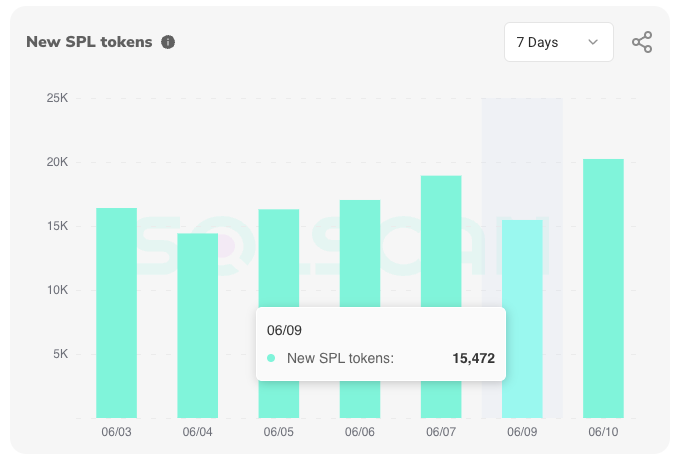
Presidential and celebrity memes
As alluded to in the introduction, meme coins often start out as jokes or parodies, but can gain significant value and a strong following. Their value is driven by community sentiment, viral marketing and celebrity endorsement rather than basic financial metrics or use cases. This contrasts sharply with the traditional financial perspective which emphasizes fundamentals such as products, design, business models, founding team, or detailed roadmaps. Below are some examples of recent popular memes on Solana.
- Jeo Boden: $BODEN - a misspelled version of the current US president Joe Biden - experienced monumental success at an all-time high of nearly $750 million in market capitalization. The meme coin is designed to make fun of Biden's mental health. The Boden meme culture taps into Internet trends and even has its own meme lore, characters, and spelling, adding a distinct definition of the community into the mix.
- Doland Tremp: There are many meme coins around the ex-president Donald Trump and his prominent slogans such as "Make America Great Again". The Tremp coin is one of them and uses the appeal of a prominent cultural or internet figure to drive its popularity. Just like with Jeo Boden, some traders are hoping for additional attention as the election season kicks off.
- MOTHER Iggy: Australian rapper Iggy Azalea made waves in the cryptocurrency world with the launch of her meme coin, $MOTHER. Unlike most celebrity-driven coins that quickly fizzle out, MOTHER has seen remarkable success. Gaining over 22,000% in value since its announcement, the coin's market capitalization sits at approximately $150 million, driven by Azalea's active promotion and engagement with her fans.
- HULKMANIA: Not all meme coin launches tied to celebrities are successful. In fact, most of them are simply cash grabs designed to enrich the creator. One stellar example is HULK, a meme coin by professional wrestling icon Hulk Hogan. The HULK coin experienced a rug pull shortly after its release. The token initially soared to a market cap of nearly $19 million before crashing to $1 million just two days later, after a rapid sell-off by token holders. Hogan denied any involvement, claiming that his Twitter account had been hacked or misused to promote the coin.
Conclusion
Meme coins, fueled by internet culture and community engagement, have become a significant part of the cryptocurrency market. Their ease of creation due to new applications on the Solana blockchain has led their proliferation. Meme coins represent a fascinating intersection of internet culture and financial speculation. From a traditional financial perspective, they are often viewed with skepticism. Mainly due to their speculative nature and lack of intrinsic value. While they offer potential for high returns, they also come with significant risk, demonstrated by the controversy surrounding Hulk Hogan's HULK coin. Most celebrities do not have their fan's best interests in mind, so these coins in particular should be viewed with great skepticism.
🚨 BREAKING: @HulkHogan denies on Facebook and Instagram that today's posts were not from him, following a token rug heavily promoted via his @X account. pic.twitter.com/DVEAftZE27
— SolanaFloor (@SolanaFloor) June 7, 2024



